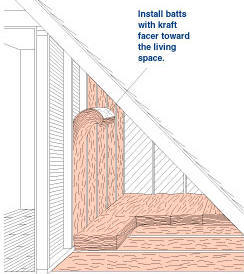Using Insulating Batts In Attics
The most common error when using batts is that installers push the batts into position in order to insulate around obstructions such as cross bracing, vent stacks, plumbing and wiring.
The correct method is to trim and shape the batts to conform to the shapes of these types of items, as shown in Figure 1. Batts will not provide you with good insulation characteristics unless they are installed properly. It is very important that the batts are properly fitted to completely fill the voids between the joists, making sure that all cavities and gaps are filled. If even 5% of the space is left open, the R-value of the installation could be degraded by as much as 20%, depending upon the thickness.
Safety - When installing insulation it is important to wear adequate safety products including safety glasses or goggles, dust mask or respirator, work gloves and coveralls.
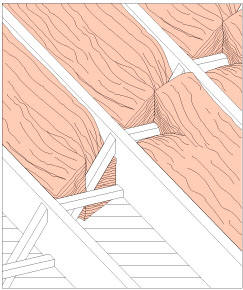
Figure 1 - Incorrect installation of insulation batts between attic floor joists
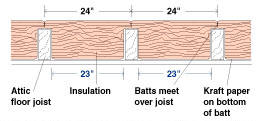
Figure 2 - Measuring attic floor joists for insulation
To start, measure the spacing between the attic floor joists as shown in Figure 2. Normal spacing is either 15 or 23 inches. Purchase the proper width batts to suit your joist spacing and made for attic installation not for wall installation. Proper width batts should come together above the floor joists as shown in the drawing.
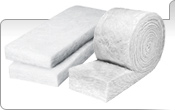
Figure 3 - Unfaced fiberglass insulation batts
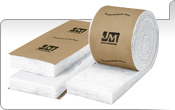
Figure 4 - Faced fiberglass insulation batts
If you are installing batts over existing insulation use unfaced batts (Figure 3). If there is not insulation currently in your attic purchase kraft-faced batts (Figure 4) and install them with the facing pointing down.
- Using Loose Fill Cellulose Insulation In Attics

Figure 5 - Loose fill cellulose insulation
- Using Loose Fill Fiberglass Insulation In Attics
- Insulating Vaulted(Cathedral) Ceilings
- Kneewall Insulation
Although loose fill cellulose insulation (Figure 5) can be installed manually, it is highly recommended that it be blown in with a machine. Most tool and equipment rental facilities have rental blowers available. Loose fill cellulose insulation settles after installation, as much as 20%, because of this it is important that you use sufficient quantities of loose fill to provide the insulation R-Value that you desire. Most manufacturers provide a chart on their product packaging detailing the amount of product required for an installed and a settled thickness level.
For the best installation of loose fill cellulose insulation start at the lowest point in ceiling height which is the eaves and work towards the center of the area. Ensure that the loose fill is filling all voids and gaps. Use a rake to level out the cellulose and force it into gaps and voids.
Continually verify that the thickness of the insulation is what you desire. As a secondary check, monitor the number of bags you are utilizing over a specific square foot area.
It is best to have a professional install loose fill fiberglass insulation by using a blower. Fiberglass is very abrasive and extra caution must be used to avoid inhaling any fiberglass dust or particles as it will damage your lungs. Installation methodology is the same as for loose fill cellulose insulation.
If you currently have a vaulted or cathedral ceiling the only sensible method, without removing drywall, to insulate the space between the roof rafters is to have a professional blow in either cellulose or fiberglass loose fill insulation.
In order to blow the insulation into the voids between the rafters you must drill holes in either the ceiling or roof.
One of the best times to insulate or add insulation to a cathedral ceiling is when the roofing material is being replaced. The insulation installer can drill the holes in the roof rather than the ceiling. This will make for a cleaner project and will not require the repair of many holes in the drywall ceiling.
The best method of insulating a kneewall is with the use of faced insulation batts (Figure 6). The batts should be installed with the facing material towards the living space. This creates a proper vapor barrier.
In a Cape Cod style home, where a kneewall separates the second story from the unheated attic space, install batts in the stud cavities.
